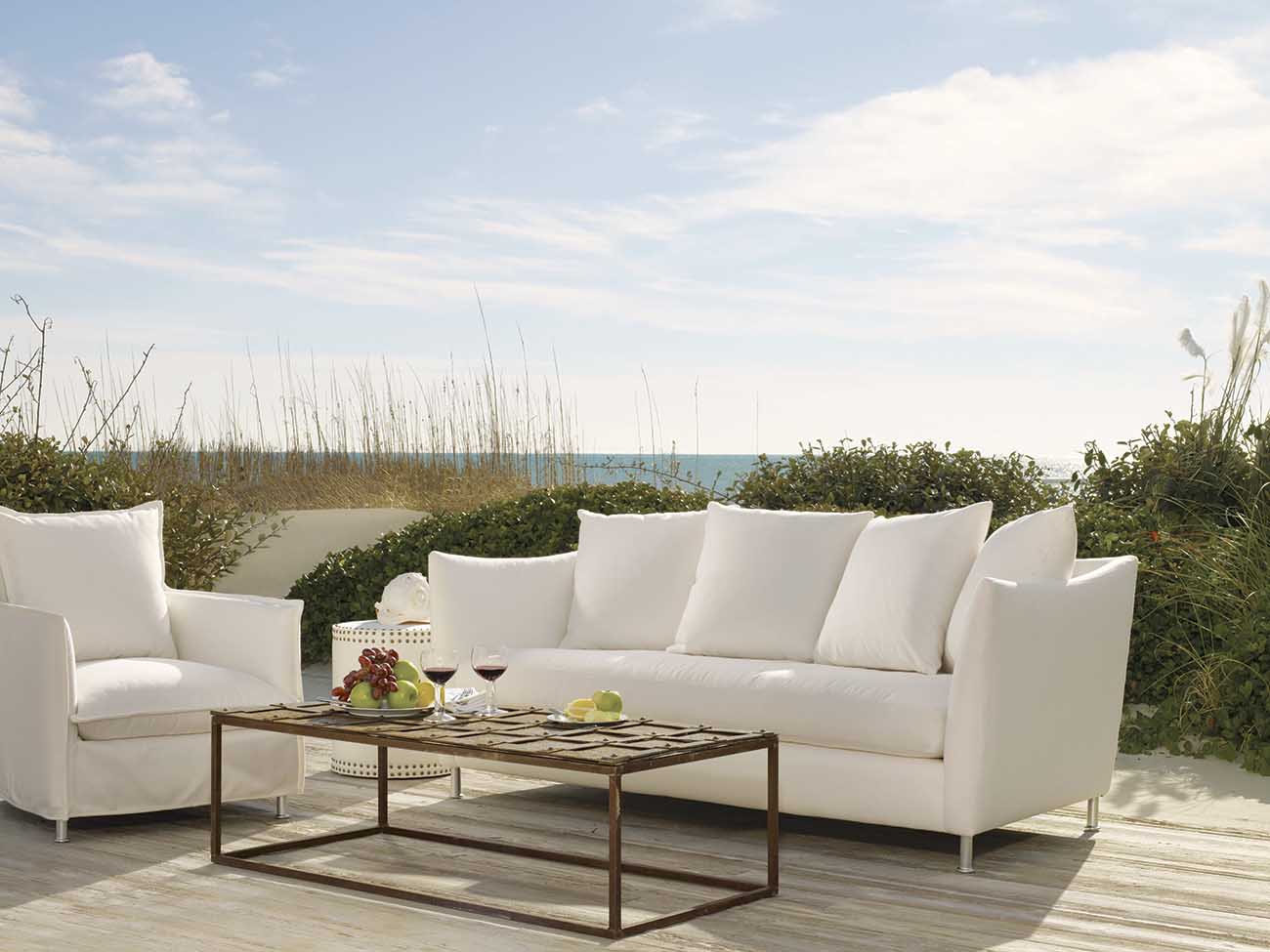Our ACN friends and Members have many different backgrounds. We are looking for Guest Blog entries from our community on anything relevant and important to share on the topics of aging, caregiving, health, financial planning and/or retirement.
This month, we’re proud to share “Tips For a Toxin Free Home” from one of our San Diego ACN friends, Kim Nadel of Kim Nadel Interiors. Kim is an award-winning green lifestyle design strategist and certified interior designer. The KNI team specializes in residential and hospitality space planning and interior design. Read her full write-up on a Toxin Free Home on her blog here: www.kimnadel.com/tips-for-a-toxin-free-home
TIPS FOR A TOXIN FREE HOME by Kim Nadel Interiors
Cost, performance and aesthetics are important in home design. Most people don’t consider that their spaces can become toxic from the materials used, from construction glues to carpeting, and these toxins or VOCs (volatile organic compounds) may can cause respiratory issues, cancer and other illnesses. Green design can help! Green material and product selections consider the environmental, health and safety information of a product, its ingredients, and how it affects the indoor air quality of the space, and most importantly how it affects the occupants of the space.
Children, babies, the elderly and people with lower immune systems are all at risk for chemical sensitivities. Chemical Sensitivity Illness affects 3 million people in US annually. More people than we realize also have Multiple Chemical Sensitivities, which in turn develops a negative reaction to certain chemicals due to countless chemical exposures lingering in the air. There are “chemical red lists”. And even though there are no set regulations, some states have compliant standards set. California is one – we have California Air Resource Board.
How can we know which products and materials have positive health, environmental and sustainability impact? Third party certification groups help us make smart decisions based on their research. There are Environmental Product Declarations (disclosure tools that provide information about a product) and non-profit organizations, like SCS and Greenguard, working to improve this! Products that have achieved Greenguard Certification are scientifically proven to meet some of the world’s most rigorous, third-party chemical emissions standards—helping reduce indoor air pollution and the risk of chemical exposure while aiding in the creation of healthier indoor environments.
Here are the top 5 things I recommend considering for a healthy, toxin-free home:

1) Paints, Glues & Sealants
Traditional paints, glues and sealants can have short and long term harmful affects on your health.vShort-term effects includes nausea, dizziness and headaches. Long-term effects includes lung cancer and asthma due to unpleasant containment of heavy metals, formaldehyde and VOCs, which as these products dry, will linger in the air for up to five years. Choose eco product manufacturers that have fewer VOCs levels, are chemically sensitive and help maintain healthy indoor air quality.
2) Building Materials
Watch for hidden chemicals in cabinets, finishes and carpet backing. Phthalates found in vinyl, wood varnishes, and lacquers have been linked to asthma, attention-deficit hyperactivity disorder, breast cancer, obesity and type II diabetes, low IQ, neurodevelopment issues, behavioral issues, autism spectrum disorders, altered reproductive development and male fertility issues. Formaldehyde-based resins are typically used as adhesives and resins in the manufacture of particle-board, plywood, furniture and other wood products.
Its also used for the production of materials like appliances, electric controls, textile, leather, rubber and cement. Formaldehyde, now labeled a human carcinogen, is known to cause tiredness, insomnia, headaches, coughing and skin irritation.

3) Furniture & Furnishings
Yes, flame-retardant furniture seemed like a good idea. Those toxic chemicals, leaked into the air by sofas and other furniture, have been linked to a host of health problems. Source furniture made with low- emitting materials where no sealants or furnishings are needed. Choose recycled, organic materials and fabrics whenever possible.
4) Air
Through normal occupation in a home, we generate a great deal of contaminants and air pollutants, such as dander, dust, and chemicals. These contaminants are pulled into the HVAC system and re-circulated 5 to 7 times per day, on average. Over time, this re-circulation causes a build-up of contaminants in the duct work and lower air quality overall. Clean your air ducts every 3-4 years. Consider installing state of the art humidity fans in high moisture areas like bathrooms to avoid mold. Consider decorating with house plants that naturally filter the air. Also consider putting good probiotics back into your air.
5) Water
We recommend a whole house water filtration system, just like the one we have at our kim nadel interiors 119 Living Studio. Unfiltered water typically contains chloride, fluoride, minerals, oxidizers and trace toxic metals. Your current water supply could be doing damage to your hair, skin and health.
To read more about these tips and Kim’s “Go Green” non-toxic product selections for each, please visit her full write up here: www.kimnadel.com/tips-for-a-toxin-free-home.









Leave A Comment
You must be logged in to post a comment.